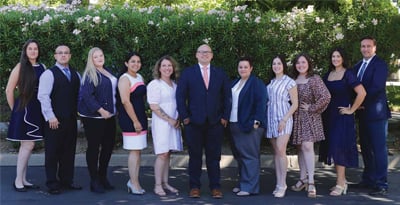Many California residents will makes plans to marry this year. Each couple has different goals regarding what is most important to them as they take their first steps toward a lifetime of happiness together. Family law attorneys often help soon-to-be spouses draft prenuptial agreements as part of their wedding planning process.
A prenuptial agreement is not something one simply wants to throw together. Instead, careful thought, discussion and clear understanding of current laws that govern such matters are all key factors in a successful prenup. In fact, some say it is best to draft an agreement at least 60 days before the wedding date, if not earlier. Although couples about to be married don’t always like to think about or talk about divorce, it often helps to review a rough draft agreement as though the divorce is already taking place so as to get a better idea of what changes might need to be made before signatures are added.
If an actual divorce happens to occur, one spouse may have to defend the enforceability of a signed prenuptial contract. Therefore, it is typically wise to carefully review a proposed contract ahead of time to highlight any particular issues that might pose as a challenge in such circumstances. Full disclosure is another crucial component of all prenuptial agreements.
There are many resources to help engaged couples learn more about how to draft solid marriage contracts. A prenuptial agreement is one of things an intended spouse hopes never to use, but is glad to have if the need arises. A California family law attorney is one of the greatest assets available as this enables a concerned spouse to seek legal guidance that can help protect assets and prepare for the future, whatever it may hold.
Source: jameseducationcenter.com, “Tips For Drafting The Premarital Agreement“, Rory. T Weiler, Accessed on Feb. 8, 2017


